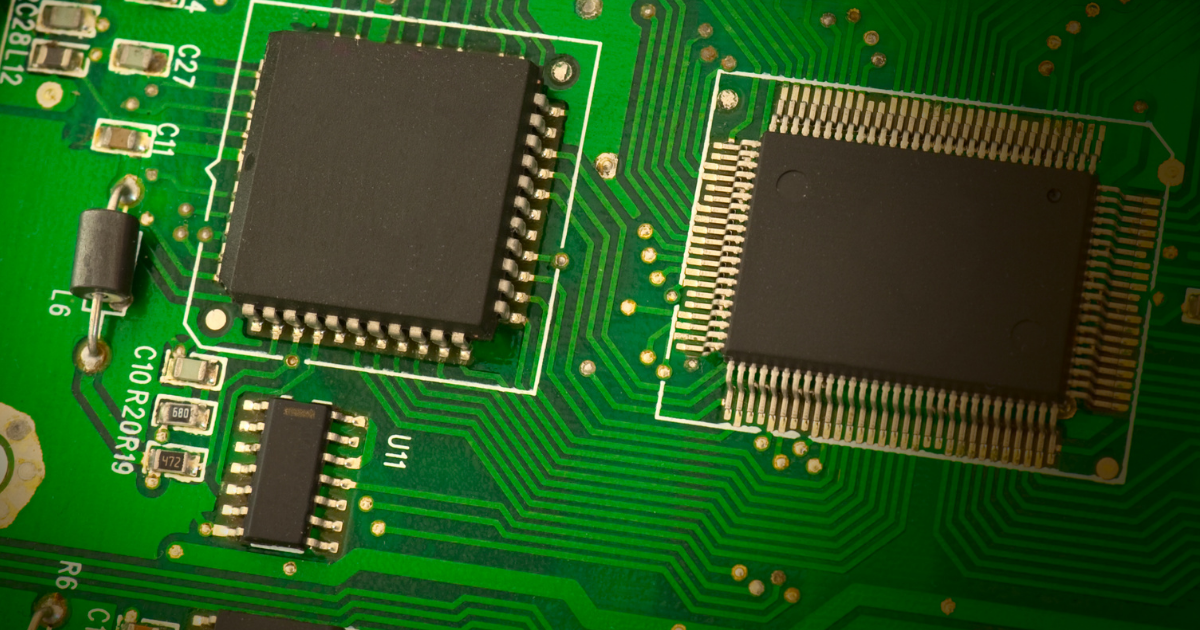Printed circuit boards (PCBs) are a vital component of all types of electronics, and the demand for them has never been higher. The PCB market is already worth more than $50 billion and expected to grow to more than $70 billion by 2025.
So, how can companies quickly and efficiently fill out these circuit boards to keep up with demand? Surface mount technology (SMT) stencils apply solder paste efficiently to circuit boards, saving time and boosting quality. Read on to learn about how they work!
What Are SMT Stencils?
On an SMT stencil, the stencil is fixed to an aluminum frame that is placed over a circuit board. The SMT stencil helps the user put solder paste on a circuit board in a clean, controlled manner. They're sometimes also called PCB stencils, laser stencils, or solder paste stencils, but no matter the term, the concept is the same.
SMT stencils are available in practically any size or design, and you can customize them for the work you're doing. These stencils let you make the same design on a circuit board time after time, without fear of human error or variation. If you're making a different circuit board each time, a stencil won't be the best option for you. However, if you’re repeating the same boards and patterns, a stencil can save you lots of time and error while improving your PCB assembly process.
How Do SMT Stencils Work?
A stencil has small apertures that provide a template for applying the solder paste to a particular board. First, the stencil and frame go on top of the board, aligned so the solder paste goes where it needs to. Once the board is lined up, solder paste goes across the surface of the stencil. The holes allow a controlled amount of paste to go through and deposit on the board itself, giving you the preset connections you want. The stencils can be set with varying thicknesses and widths, allowing you to apply solder paste in exactly the dimensions you require.
What Is Nanocoating?
Stencils are now even customizable to let you enhance print performance! A small amount of water-resistant nanocoating is applied to the stencil surface. This coating also resists solder and flux, which helps keep your stencil cleaner and improve yields.
Nanocoatings are typically recommended for small applications such as 0201 electronic components and micro ball grid arrays. MicroScreen’s MicroGlide coating helps improve print quality, enhances efficiency, and repels flux. All of this combines to save you money and improve the quality of your boards.
Why Choose MicroScreen Stencils?
If you want precise, custom-made stencils that are ideal for your specific needs, you want MicroScreen! Our extensive industry experience enables us to build high-quality materials and stencils that fit your exact specifications. MicroScreen SMT stencils are available in a variety of types and materials. Most of these can be ordered in sizes up to 29" x 29", and much smaller sizes are also available.
Stencil Frames
We offer a few frame options for your stencils:
- Tubular frames are one of our most common and low-cost options for customers on a budget.
- Standard cast frames are another popular inexpensive option for those who need common frame sizes.
- Our large-format frames are great for things like LED circuit boards or other boards that have lots of wiring and circuitry. These can be as large as 29" x 59", and even larger sizes may be available, depending on your needs.
- Our space-saver and frameless options use a master frame adapter (or no frame at all). These can work well if you have limited space.
We even offer rework stencils to help you rework circuit boards. These stencils help improve speed and accuracy, letting you fix boards quickly and efficiently. This will enable your SMT engineers to get their jobs done faster, saving you time and money.
Learn More About Getting Stencils Today!
SMT stencils can help you cut costs and boost efficiency while improving your products. Purchasing managers can custom order stencils from companies like MicroScreen to get quality stencils the way they need them. You'll need to upload files with the dimensions and specifications for the printed circuit boards, and then we'll do the rest!
To create a stencil that works for your board, you'll need to upload files with your dimensions when ordering. Typically, these should be as Gerber data, DXF files, or ODB++. Our engineers and editors can create paste layers and archive them in our system for future reference or orders. We can also provide recommended paste layer reports with paste volume, area, and aspect ratios. This can help immensely when it comes to applying the solder paste to your boards.
To learn more about stencils, screens, and more for the microelectronics industry, subscribe to our blog!
